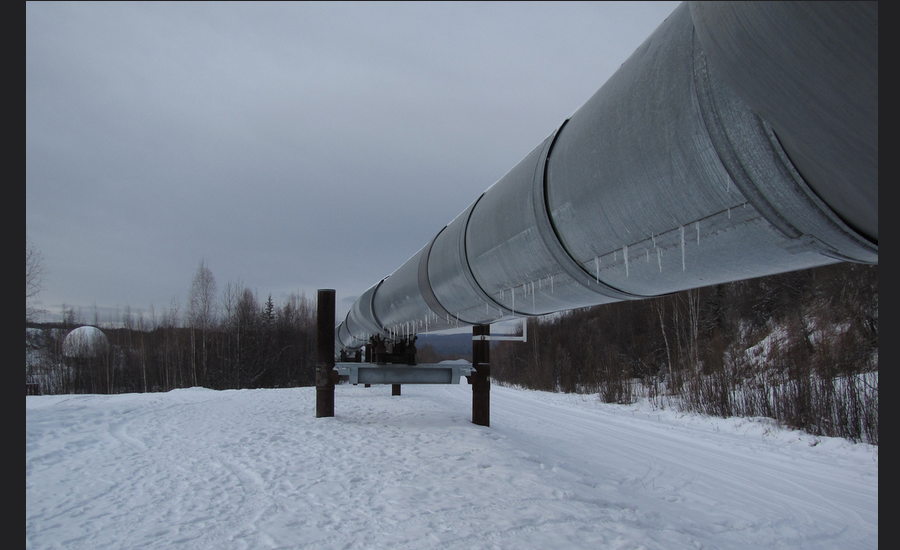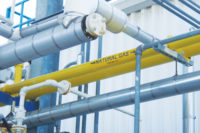All employees, as well as contractors and suppliers providing services to American Gas Association (AGA) members, are expected to place the highest priority on employee, customer, public and pipeline safety.
COMMITMENT BY MANAGEMENT: A positive safety culture begins with the organization’s top leaders. Management must emphasize and demonstrate that the safety of employees, customers, the public and our pipeline systems is a value that is paramount. All decisions must take into account the importance of safety. For example, production, cost, and schedule goals should be developed, communicated and implemented in a manner that demonstrates that employee, customer, public and pipeline safety is an overriding priority.
SPEAK UP: A positive safety culture also means that every individual communicates safety concerns without fear of retaliation. Open and honest communications across all levels of an organization, and to all key stakeholders, are necessary for a positive safety culture.
IDENTIFY HAZARDS :A positive safety culture expects its employees and those providing services to identify hazards and act on them. Any potential situations that could affect employee, customer, public, or pipeline safety should be promptly identified, fully evaluated and appropriately addressed. Identified hazards and near miss incidents should also be shared across the organization so that others may learn of a possible hazard.
MANAGE RISKS: A positive safety culture expects employees to understand the inherent risks presented by their activities serving customers and operating natural gas assets. These risks must be effectively managed through appropriate programs and management systems designed to safeguard the public as well as employees and contractors.
PLAN THE WORK, WORK THE PLAN: A positive safety culture encourages employees and those providing services to take the time to assess a job site and the work to identify the steps that must be performed to achieve the desired result safely, and then implements that plan in fulfilling any work activity.
PROMOTE A LEARNING ENVIRONMENT: A positive safety culture is one within which everyone is encouraged to learn new methods and processes to improve safety. Ongoing monitoring of safety programs and analyzing incidents provide the basis for a continuous improvement process.
PERSONAL ACCOUNTABILITY: A positive safety culture is one where each individual takes responsibility and accountability for safety in their day to day work activities. This means individuals should focus on what more “I” can do to ensure that we, and our fellow employees, are complying with all safety standards applicable to any particular task. Working safely and keeping our pipeline systems, customers and the public safe means committing to the safety culture for ourselves, our family, our friends, our companies and our community.
Source: American Gas Association




